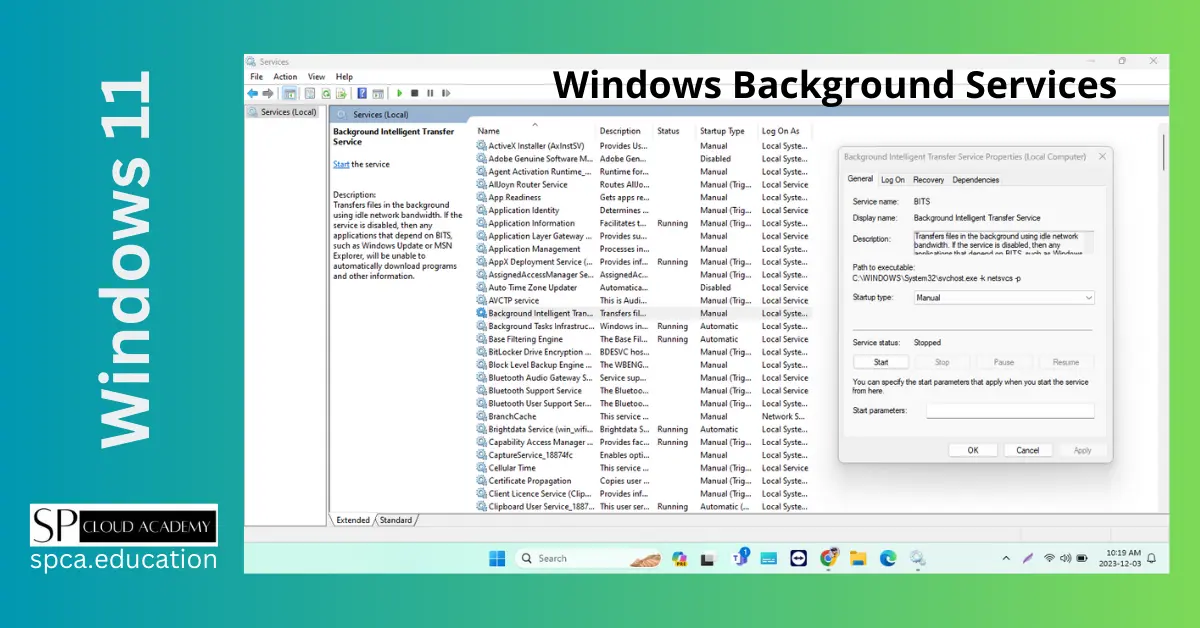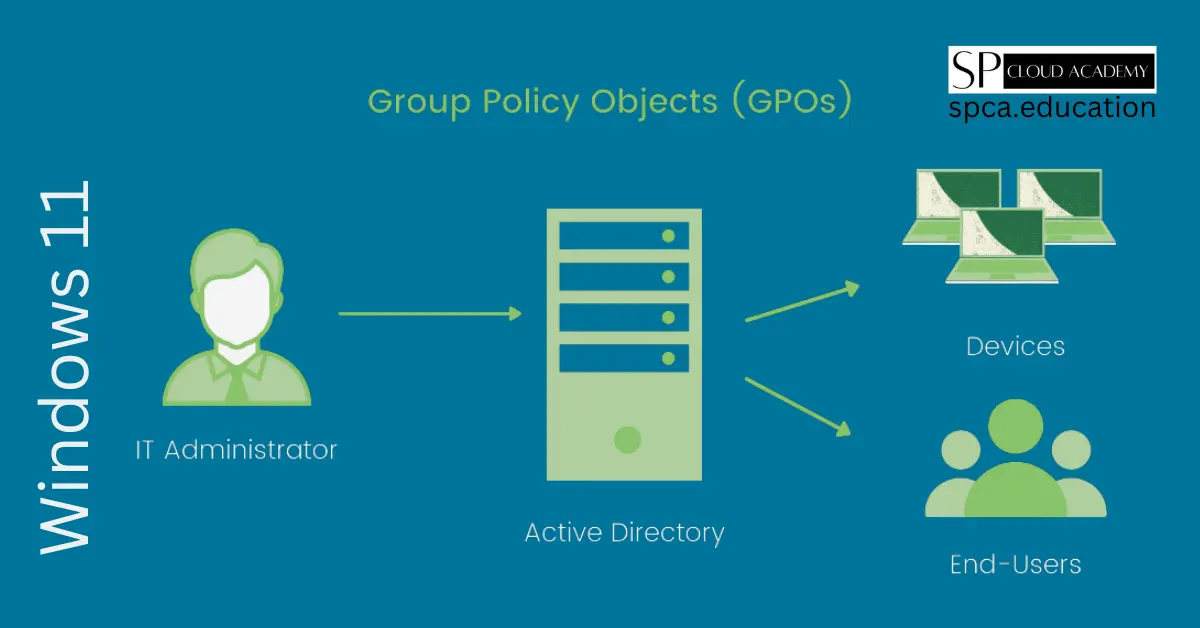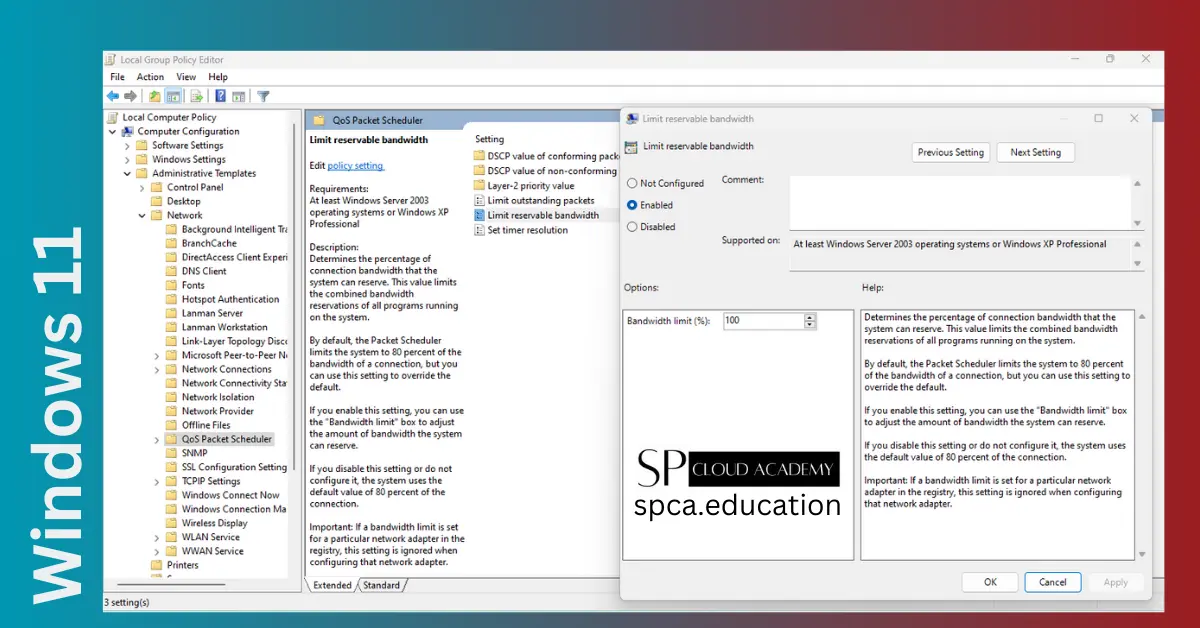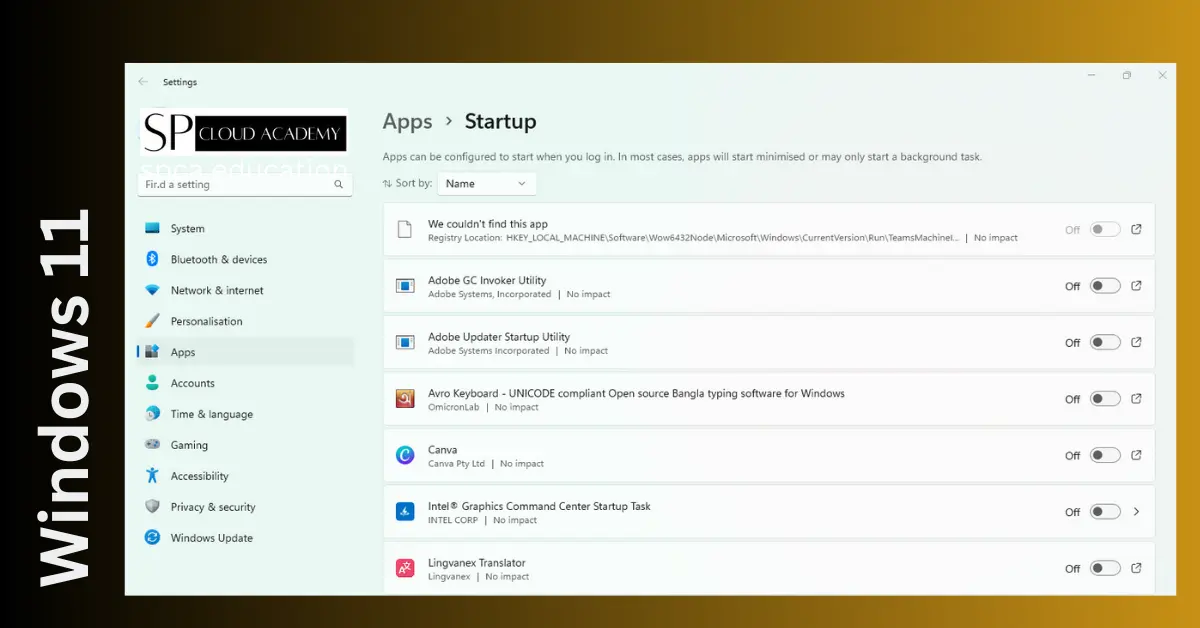Welcome to the world of Windows 11, where managing background services has become even more seamless and efficient. In this article, we will delve into the intricacies of Windows 11 background services management and explore the various ways you can optimize your system’s performance.
Importance of Managing Background Services
Background services play a crucial role in the functionality of your operating system. They are responsible for running various tasks and processes that support the overall performance of your computer. However, if left unmanaged, these services can consume valuable system resources, leading to slow performance and decreased productivity.
By actively managing background services in Windows 11, you can ensure that only essential processes are running in the background, freeing up system resources for more important tasks. This optimization can result in faster boot times, smoother multitasking, and an overall improved user experience.
Understanding Different Types of Background Services in Windows 11
Windows 11 consists of a wide array of background services that serve different purposes. These services can be categorized into system services, third-party services, and Microsoft services.
System services are integral to the core functioning of the operating system. They handle critical tasks such as hardware management, network connectivity, and system updates. Third-party services, on the other hand, are installed by software applications and provide additional functionality. Lastly, Microsoft services are specifically developed by Microsoft and are designed to enhance the Windows experience.
By understanding the different types of background services, you can gain better control over which processes are running on your system and make informed decisions about which services to enable or disable.
Risks and Drawbacks of Unmanaged Background Services
Allowing unchecked background services to run on your Windows 11 system can have several risks and drawbacks. One of the major concerns is the increased consumption of system resources, which can lead to sluggish performance and longer boot times.
In addition, unmanaged background services can also expose your system to potential security vulnerabilities. Some services may have access to sensitive data or network connections, making them potential targets for malicious activities. By taking control of the background services on your Windows 11 system, you can minimize these risks and protect your computer from potential threats.
How to Access and Manage Background Services in Windows 11
Managing background services in Windows 11 is a straightforward process. To access the background services settings, follow these steps:
- Press the Windows key + I to open the Settings app.
- Click on the “Privacy & Security” category.
- Select “Background apps” from the left-hand menu.
In the Background apps settings, you will find a list of all the applications that are allowed to run in the background. From here, you can individually toggle the switches to enable or disable background access for each application.
Furthermore, you can also manage system services by accessing the “Services” application. To do this, follow these steps:
- Press the Windows key + R to open the Run dialog box.
- Type “services.msc” and press Enter.
The Services application provides a comprehensive list of all the services running on your system. Here, you can start, stop, or change the startup type of any service to manage its behavior.
Best Practices for Optimizing Background Services in Windows 11
Optimizing background services in Windows 11 requires a strategic approach. Here are some best practices to help you get started:
- Identify essential services: Determine which services are vital for your daily tasks and ensure they are enabled. Disable unnecessary services that you don’t use regularly.
- Manage startup behavior: Configure the startup type of services to ensure they only run when needed. Setting services to manual startup can significantly reduce the number of background processes running at boot.
- Regularly review and update: Periodically review your background services to ensure they align with your current needs. Uninstall applications that are no longer in use to avoid unnecessary background processes.
By following these best practices, you can streamline your Windows 11 background services, optimize system performance, and maximize your productivity.
Tools and Utilities for Background Service Management in Windows 11
Windows 11 provides several built-in tools and utilities that can assist you in managing background services effectively. Some of these tools include:
- Task Manager: The Task Manager provides real-time information about running processes, including background services. It allows you to monitor resource usage, end tasks, and manage startup applications.
- Services application: As mentioned earlier, the Services application provides a comprehensive list of all the services running on your system. It allows you to start, stop, or change the properties of services.
- Group Policy Editor: Advanced users can utilize the Group Policy Editor to further customize background service management. It offers granular control over service settings and allows you to enforce policies across multiple computers.
By leveraging these tools and utilities, you can gain deeper insights into your system’s background services and effectively manage their behavior.
Common Issues and Troubleshooting Tips for Background Services in Windows 11
While managing background services in Windows 11 can significantly improve system performance, you may encounter some issues along the way. Here are a few common problems and troubleshooting tips:
- High CPU or memory usage: If you notice excessive CPU or memory usage by a background service, try disabling or limiting its resources through the Task Manager or Services application.
- Service not starting: If a service fails to start, check its dependencies and ensure they are running. You can also try restarting the service or reinstalling the associated software.
- Service conflicts: Some services may conflict with each other, causing system instability. Identify the conflicting services and adjust their settings accordingly.
If you encounter persistent issues with background services, it is advisable to seek assistance from Microsoft support or consult online forums for further guidance.
Windows 11 Background Service Management for Improved Performance and Security
Efficiently managing background services in Windows 11 is paramount for achieving optimal performance and ensuring the security of your system. By taking control of these services, you can enhance your computing experience, minimize resource consumption, and protect your computer from potential threats.
With the advanced features and capabilities of Windows 11, you have the power to fine-tune your system, prioritize essential tasks, and eliminate unnecessary processes. By following the best practices outlined in this article and utilizing the available tools, you can unlock the full potential of Windows 11 background services management.
Conclusion and Final Thoughts
In conclusion, Windows 11 background services management is a crucial aspect of optimizing your system’s performance and security. By understanding the different types of background services, accessing the appropriate settings, and following best practices, you can ensure that only essential processes are running, leading to a faster and more efficient computing experience.
Remember to regularly review and update your background services, utilize the available tools and utilities, and troubleshoot any issues that arise along the way. By doing so, you can unlock the full potential of Windows 11 and enjoy a seamless and productive user experience. Stay in control of your background services, and let Windows 11 take your computing experience to new heights.
Windows 11 Background Services FAQs
- What are Windows 11 background services? Windows 11 background services are processes that run in the background, providing essential functionality and support for the operating system.
- Why are background services important? They ensure the smooth operation of the OS, handle various tasks, and manage system resources efficiently, contributing to a seamless user experience.
- Can I disable background services? Some services can be disabled, but it’s crucial to be cautious. Disabling essential services may impact system stability and functionality.
- How to manage background services in Windows 11? Access the “Services” application through the Control Panel or Task Manager to view and configure background services.
- Which services are critical for system performance? Services like Windows Update, Security Center, and others are vital for system security and performance; disabling them is not recommended.
- Do background services consume system resources? Yes, background services consume system resources, but they are designed to do so efficiently to minimize impact on overall performance.
- How to troubleshoot issues related to background services? Use the Event Viewer and Task Manager to identify problematic services. Update drivers and run system maintenance tools to resolve issues.
- Are there third-party tools to manage background services? Yes, various third-party tools offer more advanced features for managing and optimizing background services, but use them cautiously.
- Can I customize the startup behavior of background services? Yes, use the Task Manager’s “Startup” tab to customize which services and applications launch at system startup, affecting overall boot time.
- What to do if a background service is causing issues? Identify the problematic service using diagnostic tools, update drivers, and check for Windows updates. If issues persist, seek assistance from Microsoft support or online forums.
Explore More
Windows 11 forum: https://techcommunity.microsoft.com/t5/windows-11/bd-p/Windows11





